Self-Portrait with Carving Stone 1998
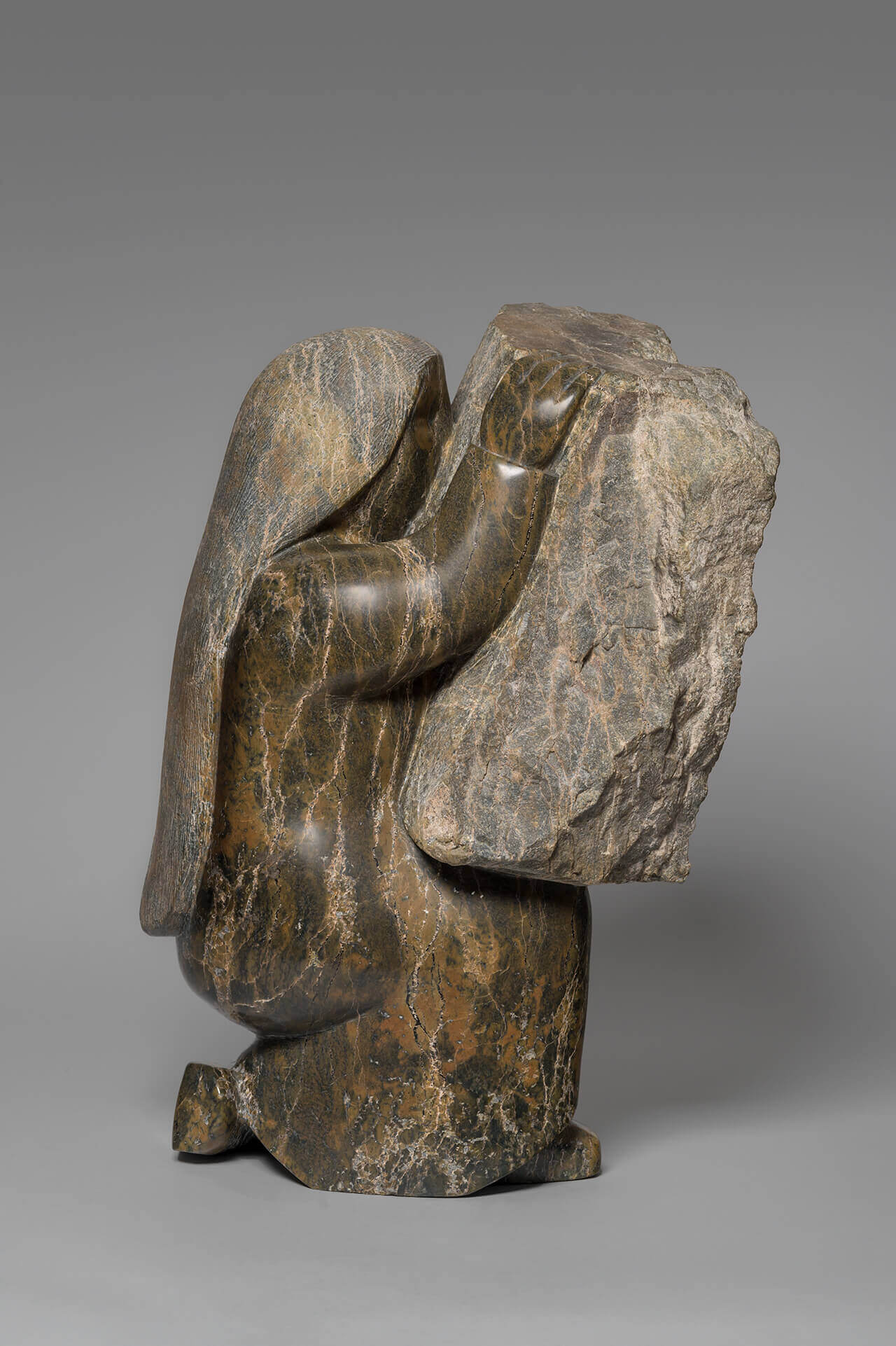
Oviloo Tunnillie, Self-Portrait with Carving Stone, 1998
Serpentinite (Kangiqsuqutaq/Korok Inlet), 53.0 x 37.5 x 33.3 cm
Signed with syllabics
Collection of Fred and Mary Widding
Notably, although modern-day Inuit art has flourished since the early 1950s, there are remarkably few works that depict the artist in his or her role of creator (among the rare examples by graphic artists is Andrew Qappik’s [b.1964] Self-Portrait in the Printshop, 2003), which makes this assertive self-depiction as a carver unique. Long is the history of the artist self-portrait; in this work Oviloo Tunnillie asserts her unique position within a global tradition.
By the early 1990s, with pieces such as This Has Touched My Life, 1991–92, Oviloo’s art had become predominantly inspired by her own life and experiences. Later in the decade, her autobiographical works frequently included depictions of artmaking, either by her or by members of her family. Her artistic process is the subject of some of her most impressive sculptures, including this one.
In the large-scale Self-Portrait with Carving Stone, the artist appears almost to merge with her material. Her robed body crouches as she holds and stabilizes a piece of carving stone against her torso and face. The rough, unfinished texture of the uncarved serpentinite enables the viewer to realize the transformation that the artist accomplishes through her work. Oviloo’s life was dominated by her self-identified role as a carver, and this was one of her frequent and powerful themes.
Oviloo spoke about this in an interview in 1998:
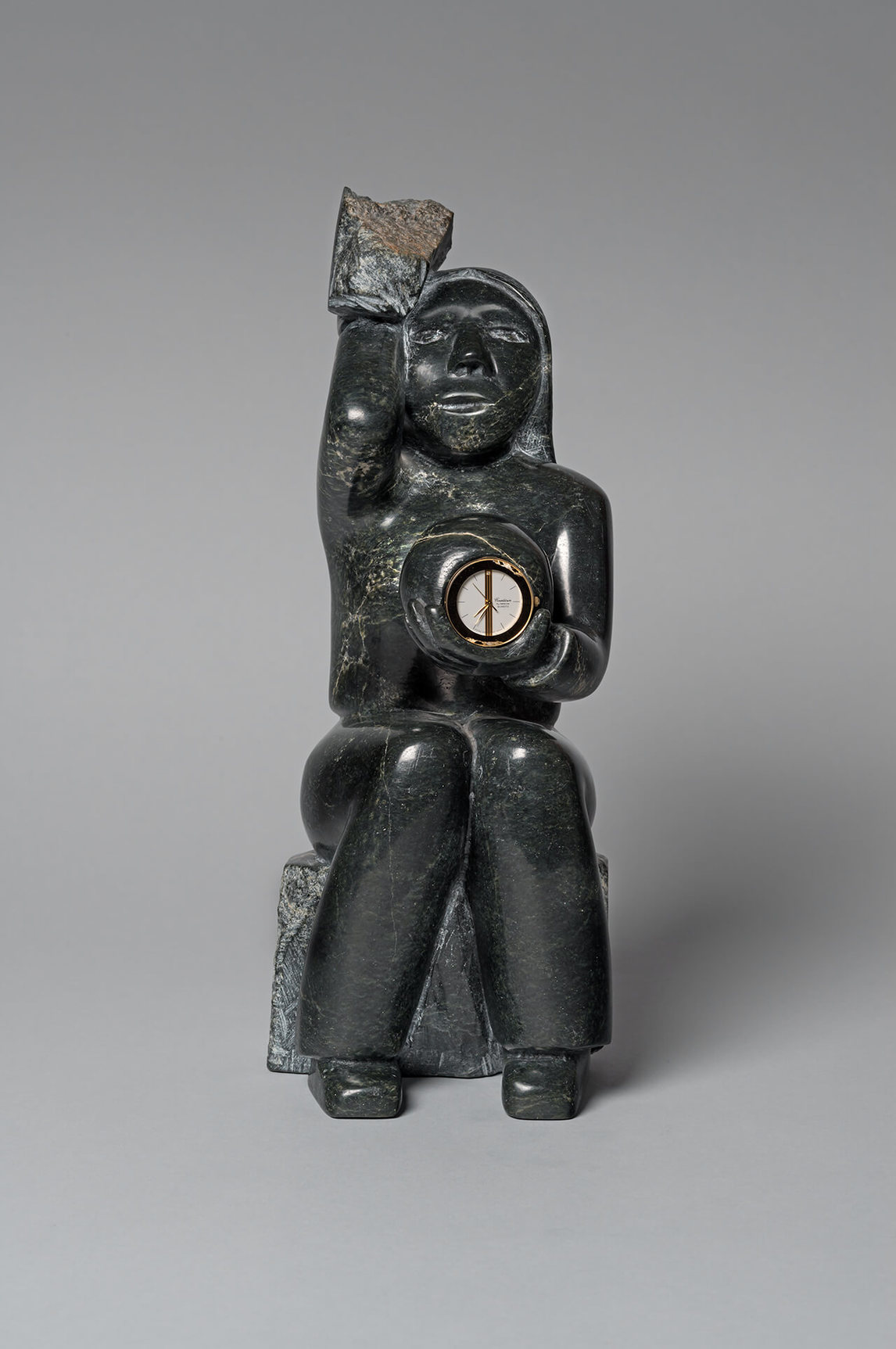
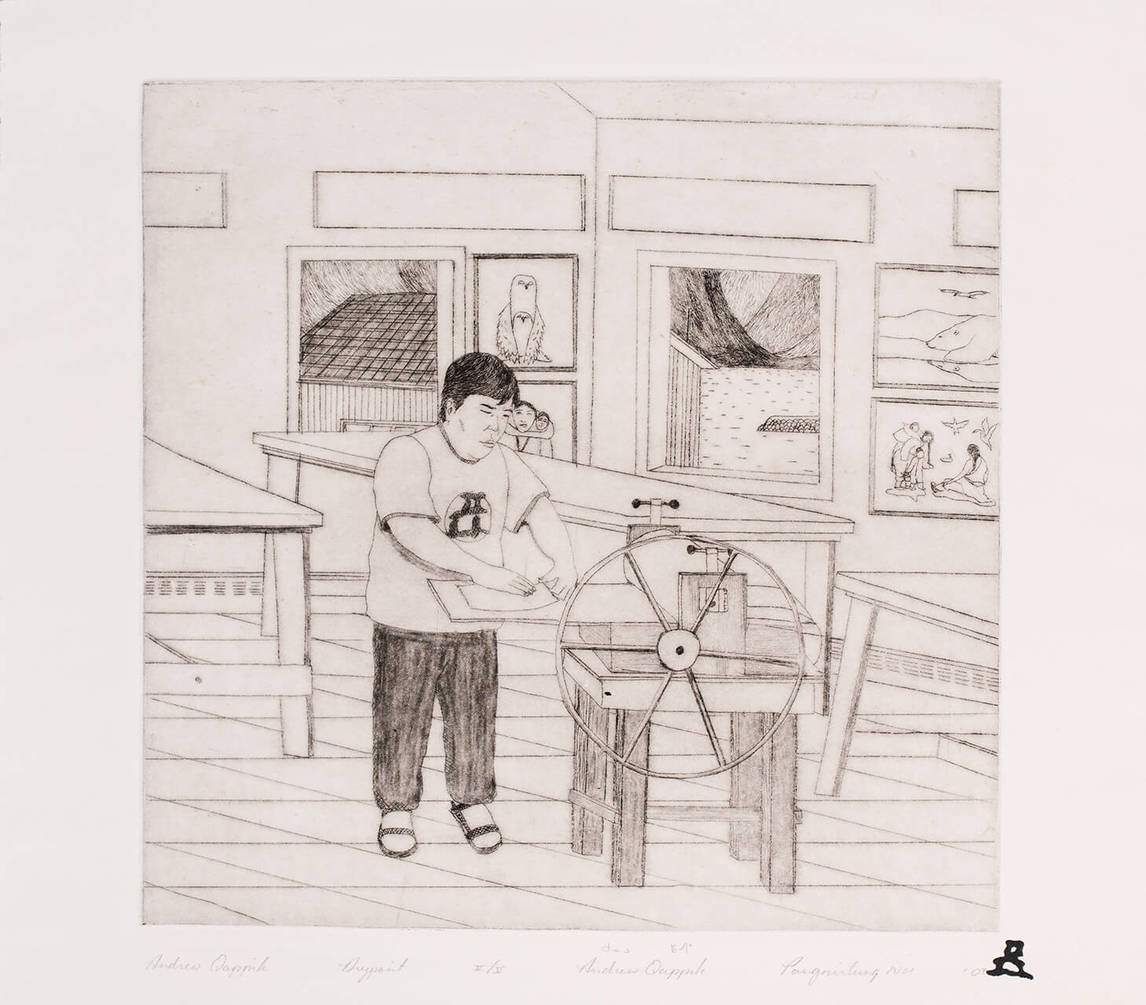
When I was finishing this up, I didn’t want to take this [uncarved] piece off . . . just to let the public know that this is the kind of stone that we carve before we do the actual finishing. I like carvings which have unfinished parts. . . . This is what the stone actually looks [like] before it is finished.
In Woman Carving Stone, 2008, the raw stone is the subject of the artist’s deep contemplation. This piece was created when Oviloo used power tools, but it refers to an earlier period when an axe was her primary instrument. The woman’s pose expresses fatigue and the immense physical effort she will need to carve the large piece of stone.
Oviloo’s portraits of herself as an artist express a range of emotions, from deep contemplation, physical exertion, and pride to the elation resulting from creative actions, as in her exuberant self-portrait Time to Carve, 2002. She explained, “This is me! I have a stone to carve and I usually start working in the morning. The sculpture is about time. The clock is in a round ball, which is the world. The clock and the world and the time to go by.” In this sculpture, Oviloo excitedly holds a piece of stone aloft and humorously incorporates the face of an actual clock into her stone composition.

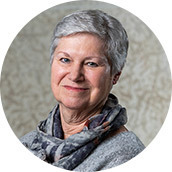 About the Author
About the Author
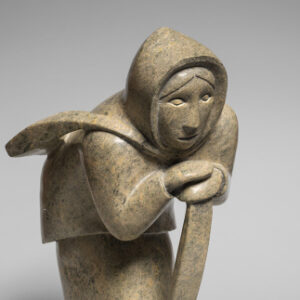 More Online Art Books
More Online Art Books
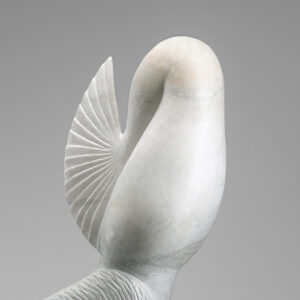 Acknowledgements
Acknowledgements